Top Pool Vacuums for Algae: A Comprehensive Guide
Algae infestation in swimming pools poses a significant challenge for pool owners, necessitating the use of effective pool vacuums designed specifically for algae removal. The best pool vacuums for algae combine powerful suction, specialized brushes, and advanced filtration systems to efficiently eliminate these stubborn microorganisms. This article will explore the various types of pool vacuums suitable for algae removal, key features to consider when selecting a vacuum, and provide a detailed review of the top five products currently available in the market.
In this comprehensive guide, we will delve into the intricacies of manual, automatic, robotic, suction-side, and pressure-side vacuums, examining their pros and cons in relation to algae removal. We will also discuss crucial factors such as suction power, brush type, filter capacity, ease of use, and warranty considerations. By the end of this article, readers will be equipped with the knowledge to make an informed decision when choosing the most suitable pool vacuum for their algae-related needs.
Types of Pool Vacuums for Algae
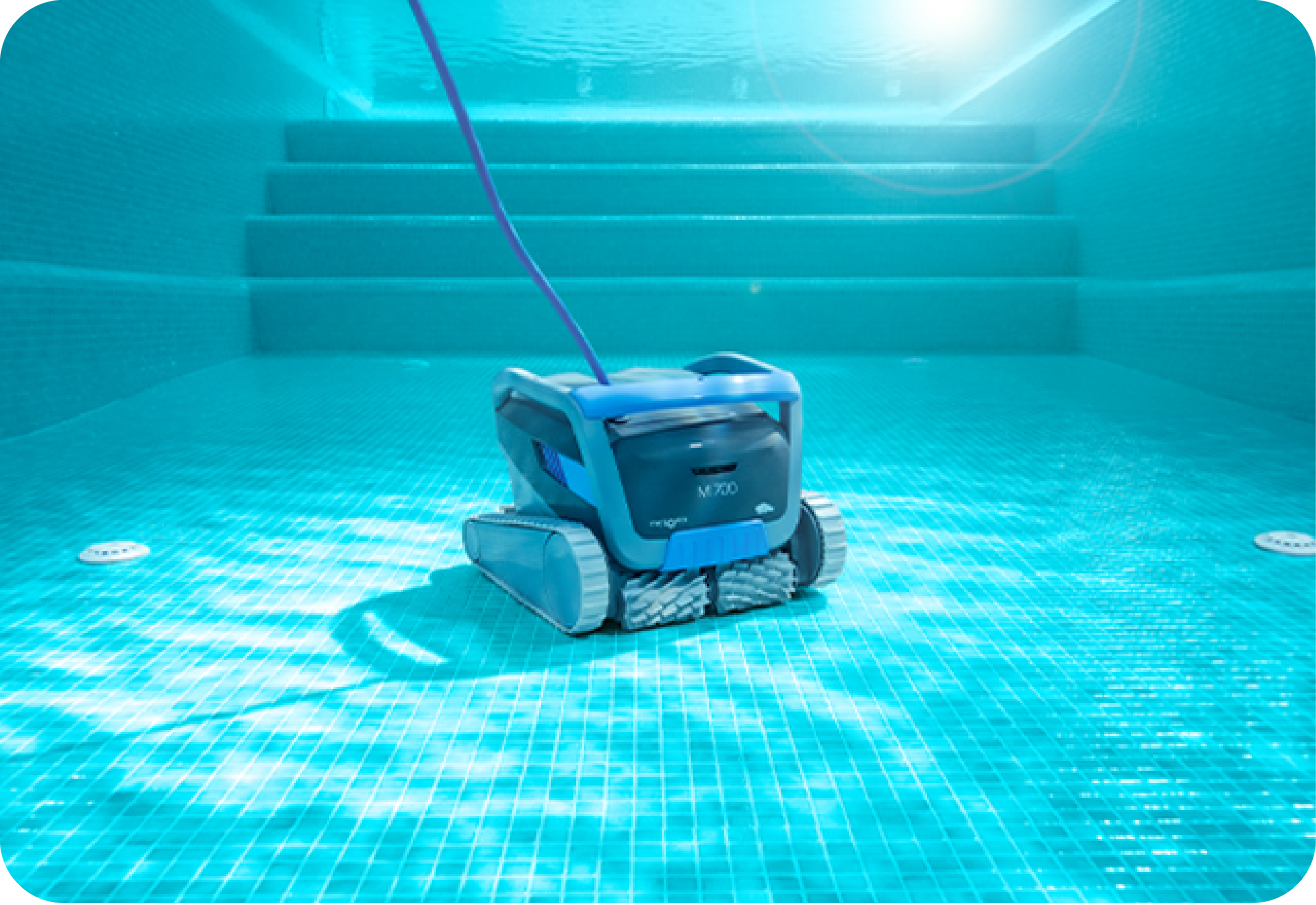
Pool vacuums for algae removal come in various types, each with its own set of advantages and limitations. The primary categories include manual pool vacuums, automatic pool vacuums (which encompass robotic and suction-side vacuums), and pressure-side vacuums.
Manual pool vacuums represent the most basic and affordable option for algae removal. These devices consist of a vacuum head attached to a telescopic pole, connected to the pool’s skimmer or dedicated suction port. Manual vacuums offer precise control and are effective for spot-cleaning small areas of algae growth. However, they require significant physical effort and time investment, making them less suitable for large pools or severe algae infestations.
Automatic pool vacuums, on the other hand, provide a more convenient solution for algae removal. These vacuums operate independently, navigating the pool’s surface and walls to collect debris and algae. Robotic vacuums, a subcategory of automatic vacuums, are self-contained units with built-in motors and filtration systems. They excel in cleaning various pool surfaces and are particularly effective for larger pools. However, their higher price point and potential limitations in handling thick algae deposits may deter some users.
Suction-side vacuums, another type of automatic vacuum, utilize the pool’s existing filtration system to move and collect debris. These vacuums offer a more budget-friendly option for consistent cleaning but may require frequent supervision and lack the power necessary for heavy algae removal.
Pressure-side vacuums represent the most powerful option for algae removal. These devices operate using water pressure from a dedicated pump, creating a strong suction force capable of dislodging and collecting even the most stubborn algae. While highly effective, pressure-side vacuums require a more complex setup and may be overkill for pools with minor algae issues.
Features to Consider When Choosing a Pool Vacuum for Algae
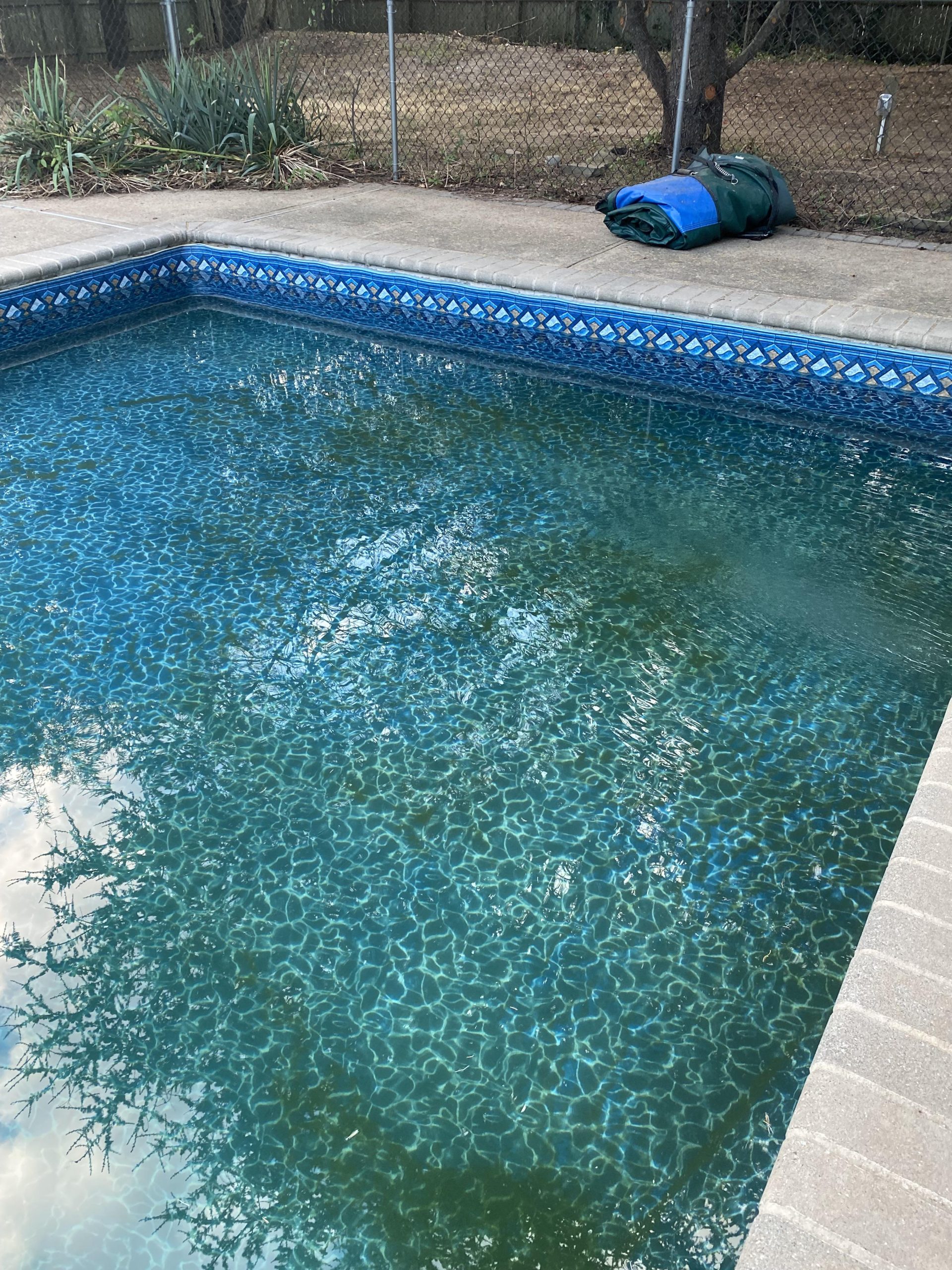
When selecting a pool vacuum for algae removal, several key features should be taken into account to ensure optimal performance and efficiency.
Suction power stands as the most critical factor in algae removal. A vacuum with robust suction capabilities can effectively dislodge and collect algae particles, preventing their spread and recurrence. Look for vacuums with adjustable suction settings or those specifically designed for heavy-duty cleaning tasks.
Brush type plays a crucial role in the vacuum’s ability to scrub and remove algae from various pool surfaces. Different brush materials and configurations are better suited for specific pool types:
1. Nylon bristles: Ideal for concrete and gunite pools
2. Rubber brushes: Best for vinyl and fiberglass pools
3. Combination brushes: Versatile option for multi-surface pools
Filter capacity directly impacts the vacuum’s efficiency and maintenance requirements. A larger filter basket or bag allows for extended cleaning sessions without frequent emptying, particularly beneficial when dealing with substantial algae growth. Some advanced models feature multi-stage filtration systems, capturing both large debris and fine algae particles.
Ease of use encompasses factors such as assembly, operation, and maintenance. Look for vacuums with intuitive controls, simple setup procedures, and easily accessible components for cleaning and repairs. Cordless models or those with tangle-free cords can significantly enhance maneuverability and convenience.
Warranty and customer support are essential considerations, especially for more expensive automatic and robotic vacuums. Opt for reputable brands offering comprehensive warranties and responsive customer service to ensure long-term satisfaction and peace of mind.
Top 5 Pool Vacuums for Algae
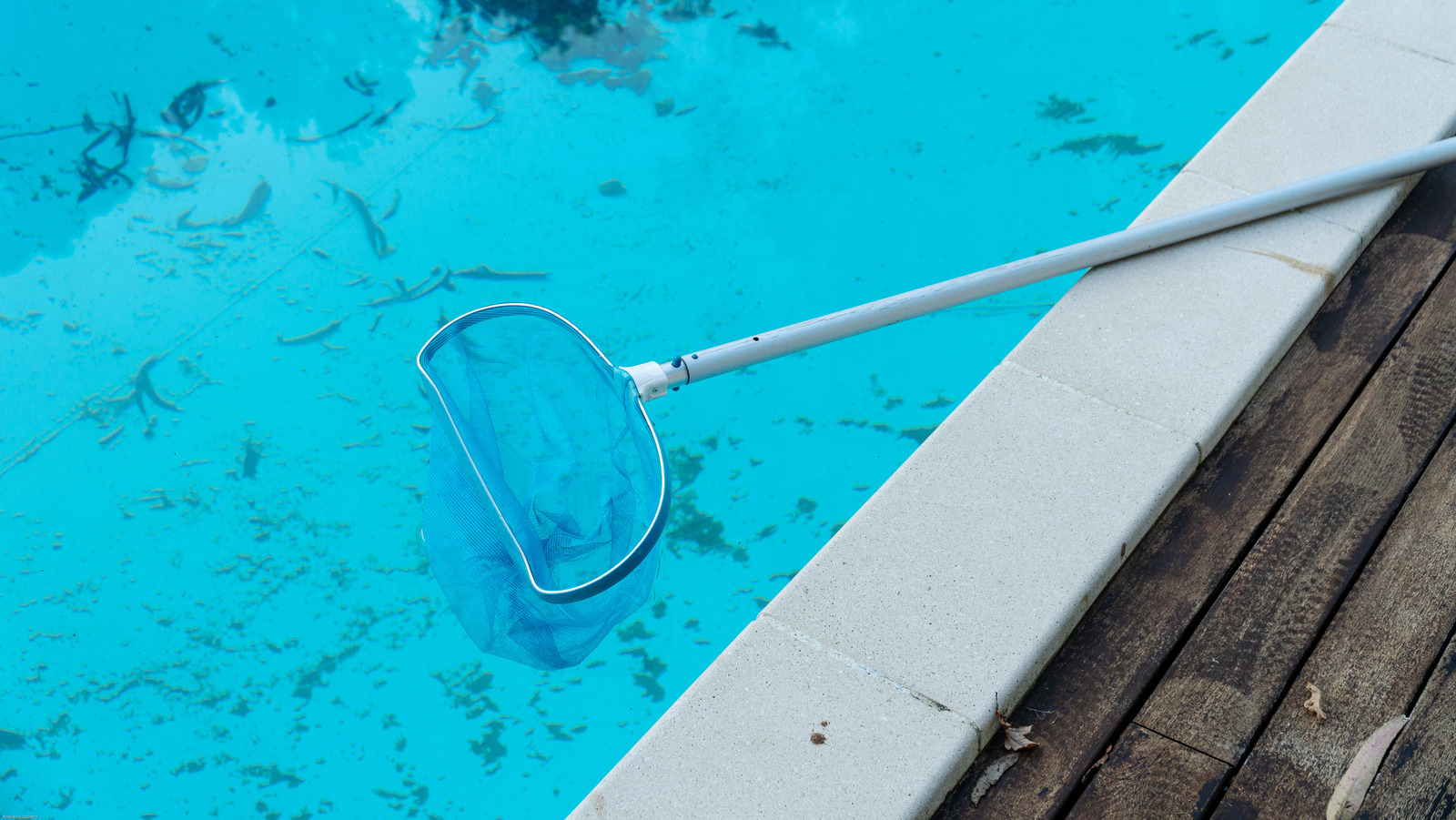
1. Dolphin Nautilus CC Plus Robotic Pool Vacuum
The Dolphin Nautilus CC Plus stands out as a top-tier robotic vacuum for algae removal. Its dual scrubbing brushes effectively dislodge algae from pool surfaces, while the powerful suction ensures thorough collection. The large top-load filter cartridge accommodates substantial algae deposits, and the CleverClean technology optimizes cleaning patterns for efficient coverage.
Pros:
– Excellent cleaning performance on various surfaces
– Energy-efficient operation
– Easy-to-clean filter cartridges
Cons:
– Higher price point
– May struggle with extremely thick algae buildup
2. Hayward TriVac 500 Pressure-Side Pool Cleaner
The Hayward TriVac 500 harnesses the power of pressure-side cleaning to combat stubborn algae. Its wide vacuum inlet and powerful jets create a strong suction force, effectively removing algae and debris. The large debris bag and multiple pre-programmed cleaning patterns ensure thorough pool coverage.
Pros:
– Exceptional suction power for heavy algae removal
– Large debris capacity
– Suitable for all pool surfaces
Cons:
– Requires a dedicated booster pump
– Complex installation process
3. Pentair 360042 Kreepy Krauly Suction-Side Pool Cleaner
The Pentair Kreepy Krauly offers a balance between affordability and effective algae removal. Its unique dive float directional system ensures comprehensive pool coverage, while the single moving part design minimizes maintenance requirements. The vacuum’s wide mouth and throat allow for efficient collection of algae and debris.
Pros:
– Cost-effective solution for regular algae maintenance
– Simple installation and operation
– Quiet performance
Cons:
– Less effective for severe algae infestations
– May require frequent supervision
4. Polaris F9550 Sport Robotic In-Ground Pool Cleaner
The Polaris F9550 Sport combines advanced features with robust cleaning capabilities. Its Vortex Vacuum technology provides powerful suction for algae removal, while the 4-wheel drive system ensures excellent maneuverability. The ActivMotion Sensor technology optimizes cleaning patterns for thorough coverage.
Pros:
– Powerful suction for effective algae removal
– 7-day programmable timer for convenient operation
– Remote control for spot cleaning
Cons:
– Premium price point
– Complex features may require a learning curve
5. POOL BLASTER Water Tech Catfish Li Pool & Spa Cleaner
The POOL BLASTER Catfish Li offers a versatile solution for algae removal in both pools and spas. This cordless, handheld vacuum provides the precision of manual cleaning with the convenience of battery-powered operation. Its lightweight design and interchangeable heads make it ideal for spot-cleaning algae in hard-to-reach areas.
Pros:
– Portable and easy to use
– Suitable for both pools and spas
– Rechargeable lithium-ion battery
Cons:
– Limited runtime on a single charge
– Not suitable for large-scale algae removal
In conclusion, selecting the best pool vacuum for algae removal requires careful consideration of factors such as pool size, algae severity, and budget constraints. The five products reviewed above represent a range of options suitable for various needs and preferences. By assessing the unique features and capabilities of each vacuum in relation to your specific requirements, you can make an informed decision to keep your pool algae-free and pristine.
We encourage readers to share their experiences with these or other pool vacuums for algae removal in the comments section below. Your insights and feedback can provide valuable information for fellow pool owners facing similar challenges.

Christopher Martinez: A Leader Poised to Elevate bestratedpoolvacuums.com
Christopher Martinez is a seasoned professional in the pool industry, possessing in-depth knowledge of pool vacuum cleaners and market trends. His product expertise and sharp data analysis skills make him a valuable asset to bestratedpoolvacuums.com. As CEO, Christopher could:
Enhance Content Quality: Drawing from his hands-on experience, he would ensure the website’s information is accurate, helpful, and up-to-date, attracting users and building trust.
Optimize User Experience: Christopher would focus on improving the website’s interface, search functionality, and product comparison tools, making it easier for customers to find the perfect pool vacuum.
Develop Business Strategy: He would identify growth opportunities, expand partnerships, and develop effective marketing channels to increase revenue and market share.
Build a Strong Team: Christopher would assemble and lead a dedicated, experienced team to collectively make bestratedpoolvacuums.com the go-to destination for consumers.
With Christopher Martinez at the helm, bestratedpoolvacuums.com has the potential to become a trusted resource, providing reliable information and empowering users to make informed purchasing decisions.
Would you like me to add any specific details about Christopher Martinez’s experience or accomplishments?
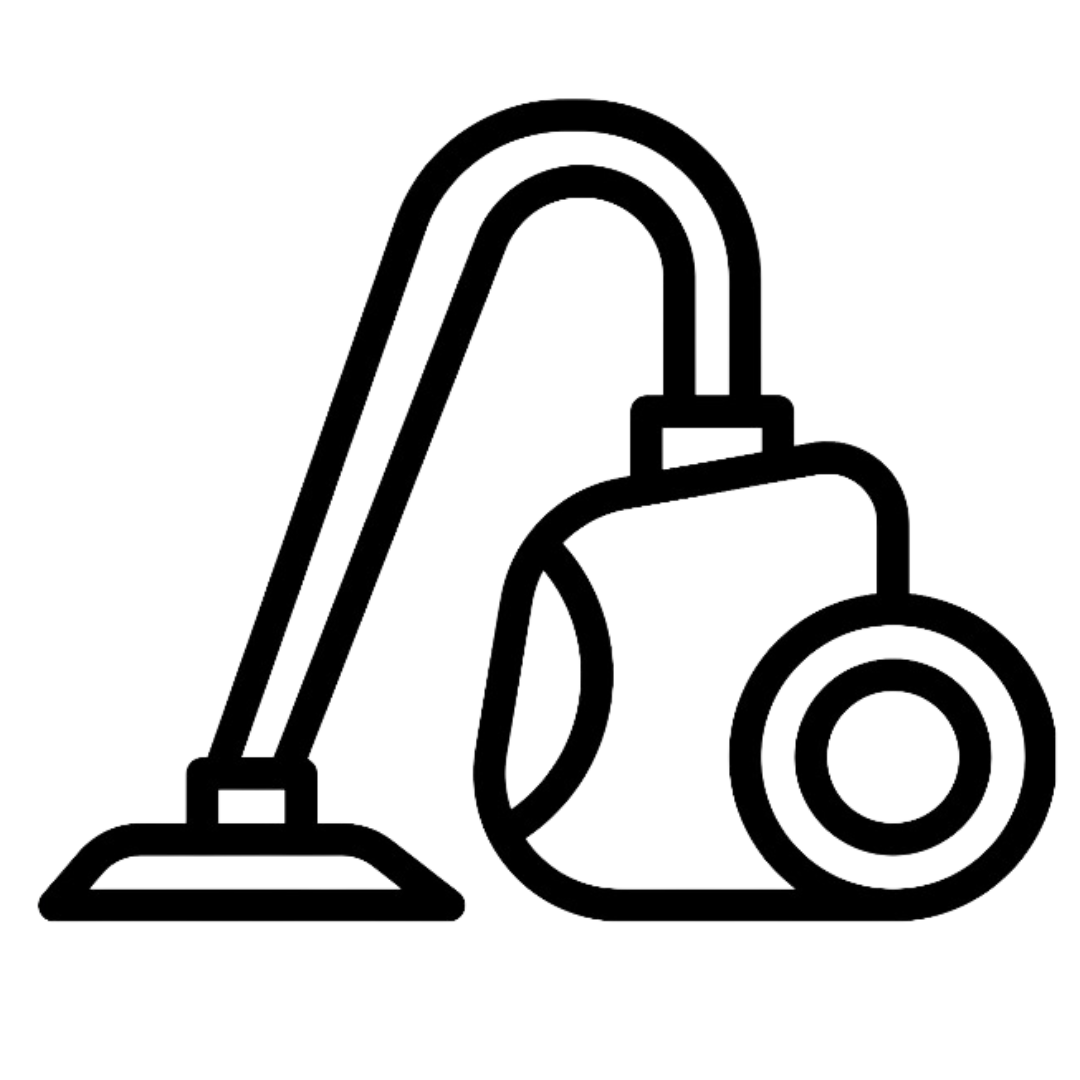
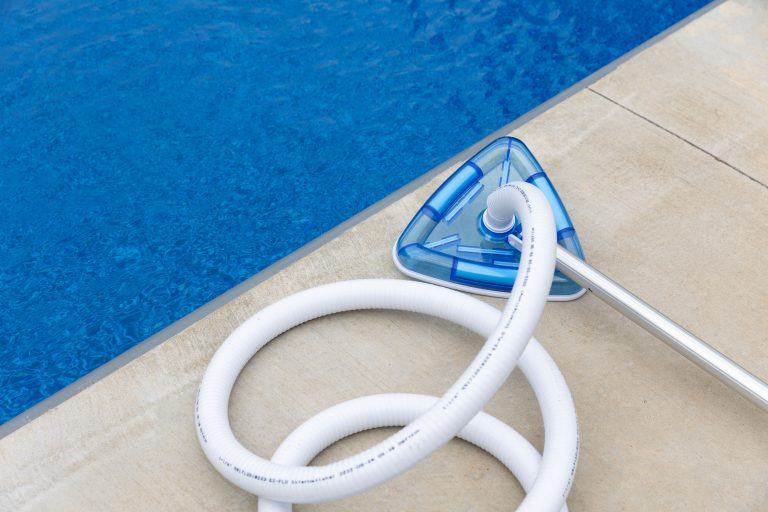


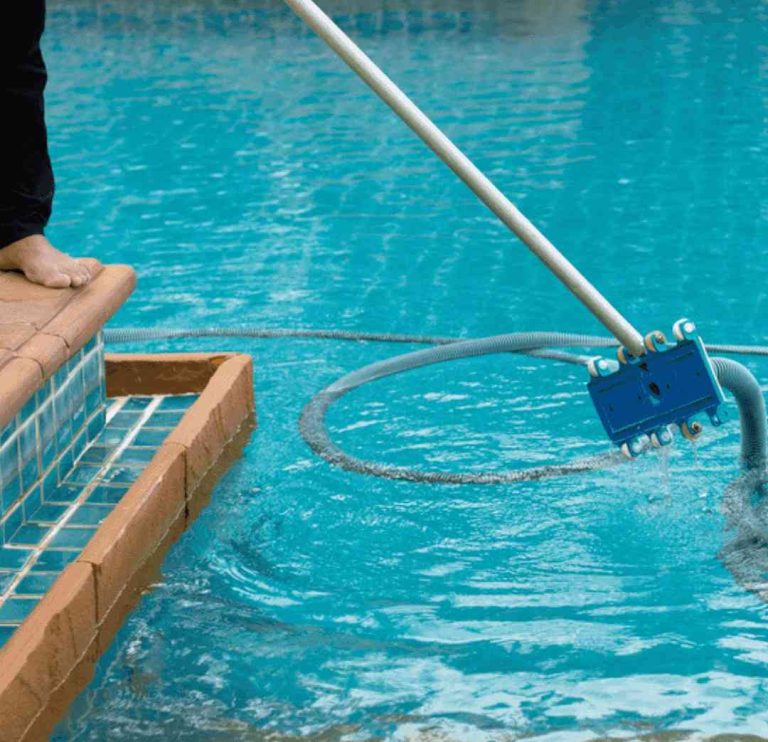
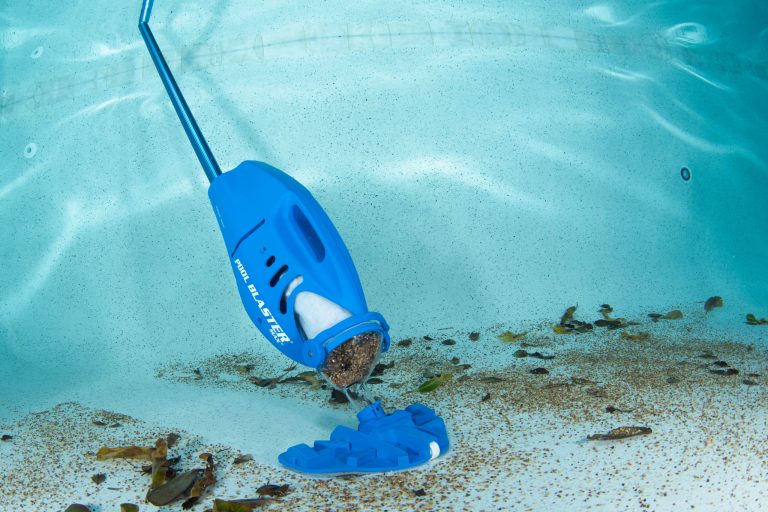
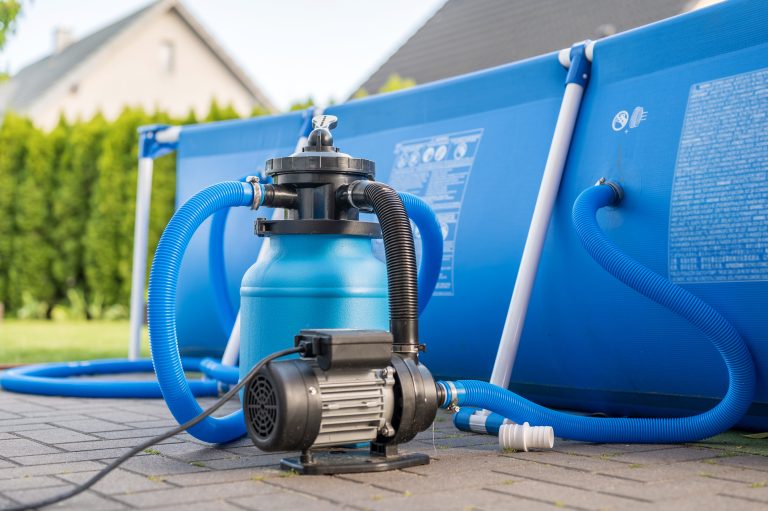
Comment: The Dolphin Nautilus CC Plus sounds impressive, especially with its scrubbing brushes. How does it handle larger pools? I have a substantial area to clean, and I need something efficient. Any recommendations?
Comment: I appreciate the detailed reviews of the top vacuums! The Hayward TriVac 500 seems powerful, but the installation process sounds daunting. Is it worth the effort for heavy algae removal?